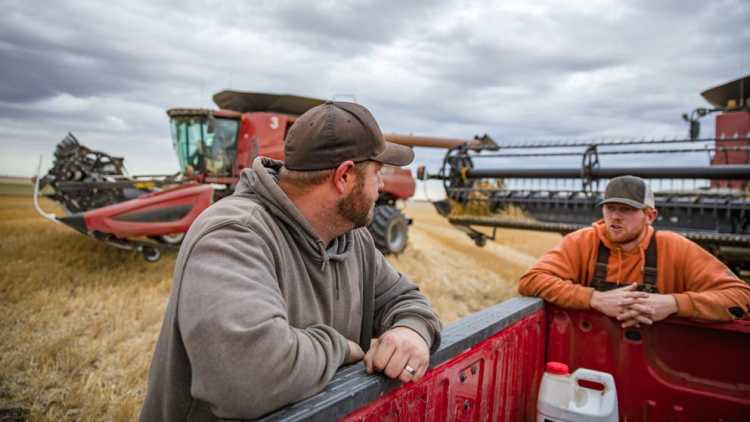How HR planning can maximize farm employee performance

People are an important asset – and often the biggest expense of a farm business. Yet, many farms lack a strategy to fully leverage this resource, says Michelle Painchaud, a Winnipeg, Man. human resource consultant. That’s where an HR plan comes in.
Going through an HR planning process helps farmers understand jobs vacancies, needed skills and training requirements on the farm.
An HR plan encompasses all activities associated with managing the people side of a business including recruitment, orientation, training, compensation, performance management, health and safety and retention.
Jennifer Wright, a senior advisor at the Canadian Agricultural Human Resource Council, says an HR plan is a foundational piece of business planning.
“Successfully executing a business plan can only be done if you have the right people in place,” Wright says. “And you can only have the right people in place if you take time to plan.”
Going through an HR planning process helps farmers understand their job vacancies, needed skills and training requirements on the farm, Wright says.
“It will help you select the right people and keep them happier in their jobs,” she says.
HR plan advantages
Wright says finding the right people for the job can mean higher productivity and improved efficiencies. A strong reputation as a good employer also helps farm businesses recruit the best people, she adds.
But the advantages of an HR plan don’t stop there. Easier recruiting, more defined hiring processes, improved orientation and training, a more engaged workforce, higher retention and lower employee turnover are just some of the benefits, Painchaud says.
Jenn Doelman, a grain farmer in Renfrew, Ont., credits having an HR plan with helping their farm retain core employees during the succession process. The HR plan is a pillar of the business, allowing for more effective management and improved conflict resolution.
Step by step
While creating an HR plan can be daunting, dividing it into a series of steps can make the process more manageable. Wright breaks it down into the following key steps, which should be followed in order, as each builds on the one that comes before it, she says.
Strategic planning: What are our business goals? What types of resources do we need to create a workplace that supports these goals?
Workforce analysis: What types of workers do we need to meet our goals? What types of workers do we have today? What are the gaps between the workers we have today and what’s needed to achieve our goals?
Strategic development: How do HR practices help us to fill the skills gaps or build workforce capacity?
Evaluation: The plan should include an evaluation process to measure the effectiveness of the plan in helping the business meet its goals.
Bottom line
An HR plan, which includes recruitment, orientation, training, compensation, performance management, health and safety and retention, ensures farm businesses leverage the staff they have. Break the process of creating a plan into steps, looking at business goals, current workforce and skills gaps.
Article by: Helen Lammers-Helps

Advice for farm business owners who want to provide a benefits package to employees.
